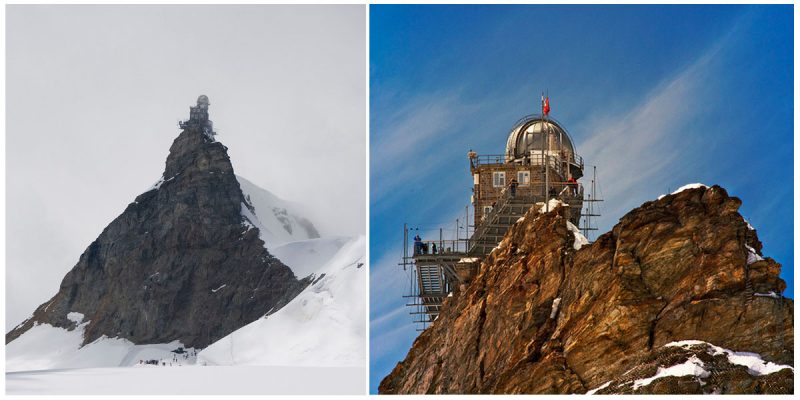The Sphinx Observatory is an astronomical observatory located above the Jungfraujoch in Switzerland. It is named after the Sphinx, the rocky summit on which it is located. At an astonishing 3, 571 meters above sea level, the observatory is the highest altitude man-made structure in Europe.
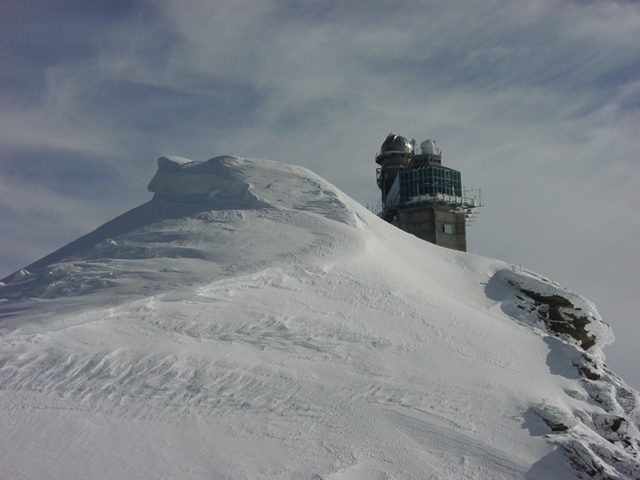
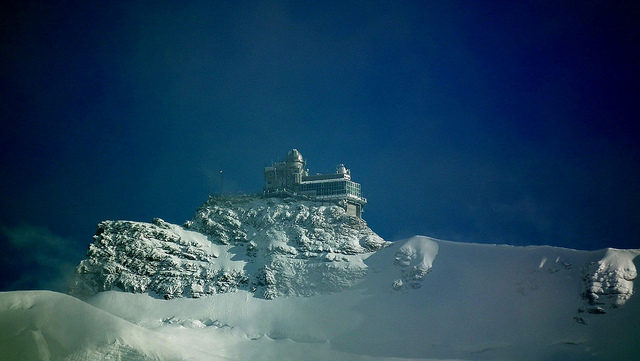
After completion of the Jungfraujoch railway in 1912, scientists occupied the high, harsh location in temporary structures. Construction of the building began in 1937. The observatory provides unique conditions for successful research in various disciplines such as meteorology, astronomy, glaciology, physiology, radiation, and cosmic rays.
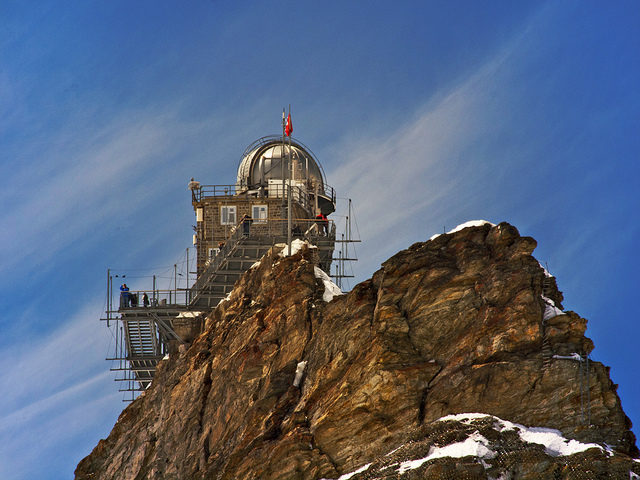
It includes four laboratories, a pavilion for cosmic ray research, a library, a mechanical workshop, a living room, a kitchen, ten bedrooms, and the living quarters of the custodians. In the scientific area, there are two large laboratories, a workshop, a weather observation station, two terraces for scientific experiments, and an astronomical and meteorological cupola.
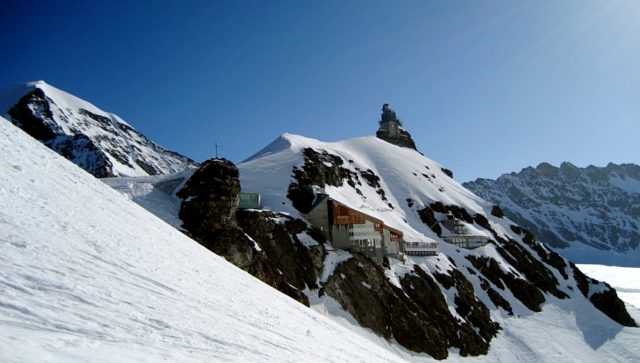
The astronomical cupola is equipped with a 76cm telescope with Cassegrain and Coudé focus and is part of the solar spectrometer of the Institute of Astrophysics and Geophysics of the University of Liège, Belgium. Many long-term experiments are permanently installed in the Sphinx laboratories.
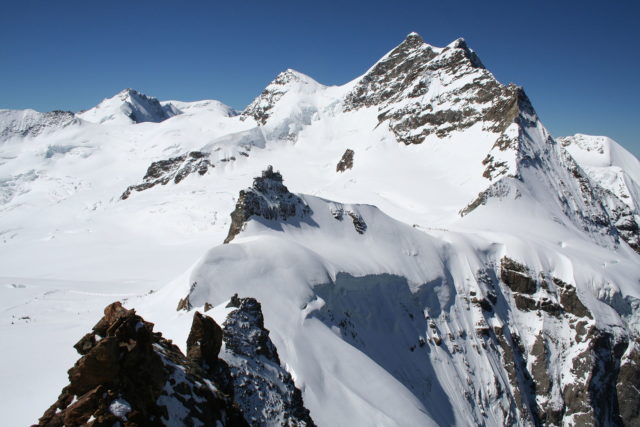
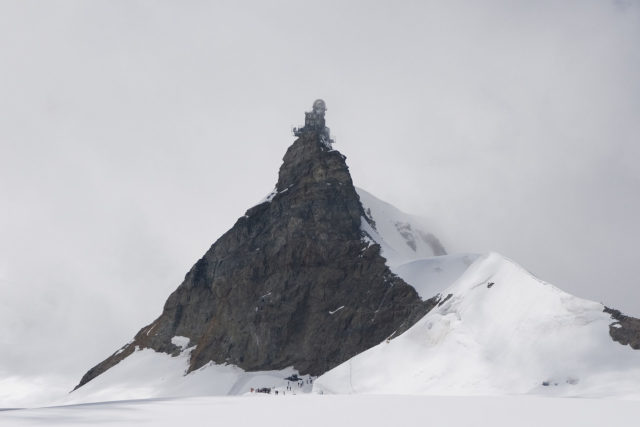
The exterior decks and glass house are accessible by visitors eager to experience the history and beauty of the highly unique location. The location offers views of the Jungfrau, Mönch, and Eiger peaks, all within a few kilometers.
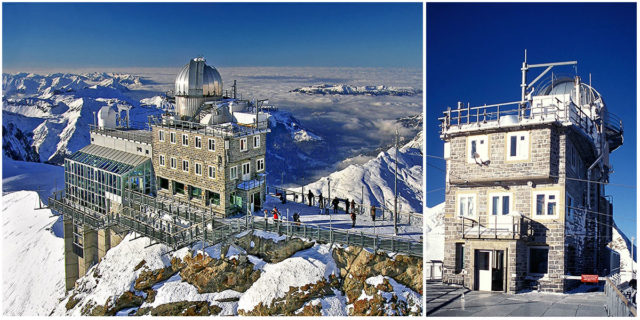
The mountain top has been tunneled to fit an elevator that leads to the observatory from the Jungfraujoch train station.

The inside of the observatory can be seen at the Eispalast (Ice Palace), a large cave hewn 200 meters into the glacier. It is adorned with ice sculptures depicting animals and figures from all over the world.
